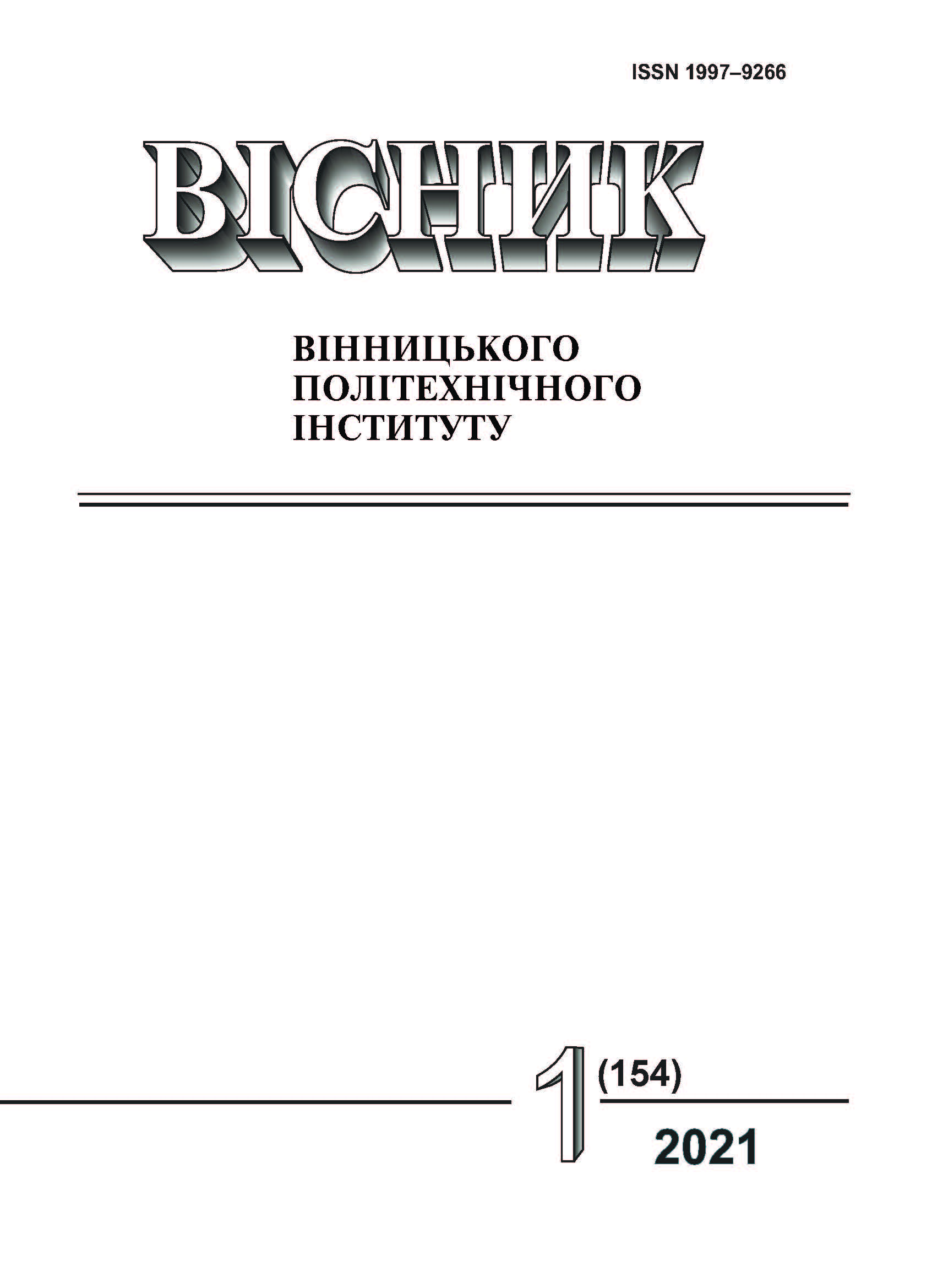The Modeling and the Experimental Researches of the Microwave-Measuring Transformer of the Humidity of Natural Gas
DOI:
https://doi.org/10.31649/1997-9266-2021-154-1-7-13Keywords:
humidity, natural gas, ultrahigh-frequency measuring transducer, traveling wave, experimental research, modelingAbstract
There has been considered the problem of ensuring the accuracy of quality assessment of natural gas when the composition of gas is in accordance with the specific values of its main physical properties (a calorific value, a rate of moisture, the presence of corrosive components (hydrogen sulfide, carbon dioxide, etc.)) and its possible solving grounded in the modern gas measuring approaches. The most dangerous and, in this way, important is an issue with a humidity presence inside of a gas mix because it can cause such negative outcomes as the corrosion of the pipelines and armatures, the formation of hydrates (composition of water and other agents ) and the condensates.
There has been proposed the math model of microwave-measuring transforming of natural gas humidity bases on the absorbing of a microwave signal and, in such a way, measuring of signal volume on the end of a waveguide during the changing of the gas humidity. To do this, we use the properties of running wave. The natural gas can be presented as the binary heterogeneous structure of two dielectrics (water-gas), so the equivalent scheme allows us measure the electric losses in a capacitor system using the know frequency of an electric signal.
The modeling of an equivalent scheme of a microwave-measuring transformer of natural gas humidity and its main results has been presented.
The experimental researches of a microwave-measuring transformer of natural gas humidity have been carried out. For this purpose, the research methodology was developed and specific instruments and measuring devices were implemented: the model generator of natural gas humidity “Rodnic-2”, the stationary gauge system Mitchell Dew Point Calibration System Precesion Dewpointmeter produced by Michell Instruments and calculator Free Professional Online Humidity Calculator. The results of the experimental researches and modeling confirm the adequacy of the developed model of a microwave-measuring transformer of natural gas humidity.
References
Й. Й. Білинський, О. С. Городецька, Д. В. Новицький, «Аналіз методів та засобів визначення температури точки роси за вологою та вуглеводнями,» Вісник Вінницького політехнічного інституту, № 4, с. 110-117, 2018.
М. Мухитдинов, Э. С. Мусаев, Оптические методы и устройства контроля влажности. М.: Энергоатомиздат, 1986, 96 с.
М. А. Берлинер, Измерения влажности. М.: Энергия, 1973, 400 с.
G. Korotcenkov, Handbook of Humidity Measurement, vol. 1: Spectroscopic Methods of Humidity Measurement. CRC Press Published March 26, 2018, Reference, 372 p.
А. А. Брандт, Исследование диэлектриков на сверхвысоких частотах. М.: Физматгиз, 1963, 404 c.
Й. Й. Білинський, О. С. Городецька, Д. В. Новицький, «Розробка математичної моделі хвилеводного НВЧ вимірювального перетворення вологості природного газу,» Вісник Хмельницького національного університету, № 3, с. 131-136, 2019.
Ю. М. Поплавко, Физика диэлектриков. Київ: Вища школа, 1980, 398 с.
Downloads
-
PDF (Українська)
Downloads: 153
Published
How to Cite
Issue
Section
License

This work is licensed under a Creative Commons Attribution 4.0 International License.
Authors who publish with this journal agree to the following terms:
- Authors retain copyright and grant the journal right of first publication.
- Authors are able to enter into separate, additional contractual arrangements for the non-exclusive distribution of the journal's published version of the work (e.g., post it to an institutional repository or publish it in a book), with an acknowledgment of its initial publication in this journal.
- Authors are permitted and encouraged to post their work online (e.g., in institutional repositories or on their website) prior to and during the submission process, as it can lead to productive exchanges, as well as earlier and greater citation of published work (See The Effect of Open Access).





